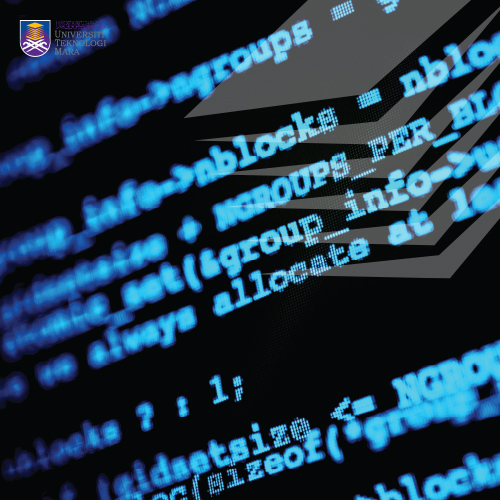About this Course
Course Description
The Physics for Pre-Diploma II course is self-paced over 14 weeks and is equivalent to three credit hours. The five modules in this course correspond to the five chapters namely Thermal Physics, Optics, Waves, Electricity, and Electromagnetism. All topics are intended to aid pre-diploma students in understanding fundamental concepts as they resume their studies at the diploma level.
Course Learning Outcomes
1 ) Apply the basic concepts of thermodynamics, optics, waves, electricity and electromagnetism in physics.
2 ) Display the skills in conducting experiments and producing written reports related to thermodynamics, optics, waves, electricity and electromagnetism.
3 ) Solve qualitative and quantitative problems related to thermodynamics, optics, waves, electricity and electromagnetism.
Course Details



STATUS : Open DURATION : FLEXIBLE EFFORT : 2 hours per week MODE : 100% Online COURSE LEVEL : Beginner LANGUAGE : English CLUSTER : Science & Technology ( ST )





